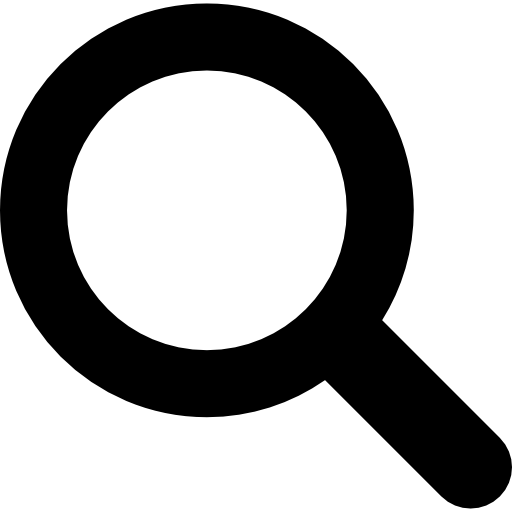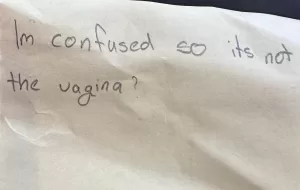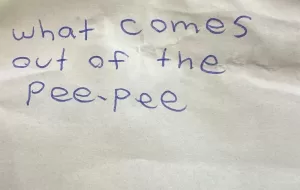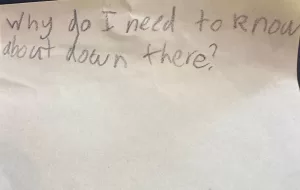Is there a particular reason behind this?
Fine china, hole, wee wee, front bottom, rude parts, fanny, hoo ha, ding a ling, fairy flower petal rose naughty bits, junk, bergina, va-jay-jay, front bum, pee pee, snoodle, noodle, doodle, willy wonka, banana, cucumber, hose and my two favourites — rocket launcher and flapper jackers.
Here are some of the questions that I get asked each day, from the students that I teach in schools:
What are the nicknames that your family uses for our genitals and why do we use them and not the correct names?
As a sexual educator in schools, I am still surprised about how many families do not know the correct names of genitals.
WHY?
I think that there are a number of reasons why we don’t know or use them and here are some of them:
We don’t know, because we have never been taught.
Our children have never asked.
It’s private and embarrassing.
We think that our children might then go and look them up online or tell their friends or other family members.
We think that it’s rude or inappropriate to talk about private areas of our bodies.
As parents we feel it’s a taboo topic full of shame or fear
We might think that it doesn’t matter, we don’t want to know, it’s not important or we don’t agree.
We might think that it’s socially unacceptable.
We might think that our child is too young to be using scientific words.
Religious or cultural beliefs can stop us.
So why is it important that we don’t just call our genitals nicknames and that our children know what the correct names are?
Talking early and using the correct names can pave the way for future conversations.
Using the right words can lay the foundations for ongoing talks. Even if our private parts are private, using the proper names helps your child feel you're open, not ashamed, and that the topic is not off limits. The key is making sure our kids feel comfortable asking us anything, not just now but in the future. In today's world, with high abuse statistics, giving them accurate information is important than ever before.
Knowing the correct names helps create a positive culture with less shame.
Not using the right names for body parts doesn't stop a child's curiosity. Avoiding accurate names might create fear and judgment, which isn't what we want. Funny names like "hoo ha" or "cupcake" might seem cute, but using correct names helps kids feel confident that every part of their body is special, not strange or something that is to be ashamed or fearful about.
Talking early can make a child less vulnerable, keep our kids safe, and be more confident.
When a child uses the right words, it's easier for them to tell teachers or trusted adults if something's wrong. It helps them feel confident that every part of their body is amazing, not dirty. Abusers target vulnerable kids, so a child who knows the right names has probably talked with adults about body safety. They're more likely to tell a safe adult and believe them. It also teaches them they're in charge of their bodies -every part. They can be sure it's not rude to talk about them.
Naming genitals can foster equality.
It's interesting that many adults I talk to know more about penises and testicles than vulvas and clitorises. Everyone's body is equally important, and our children need to know this too—yours is normal, no matter what it looks like and it is has the same value and importance and everyone can feel the same amount of pleasure.
The vagina is not the vulva just like the penis is not the scrotum.
Simply put, the vulva and the vagina serve different functions just like the penis and the scrotum. When I talk about what the vagina is in particular, many children and their parents often mistake that the vulva is called the vagina. Does it matter? Yes, it does. Why? Because they are different parts of your body. It's like calling your knee your foot. It's not the correct name. So, it's not scientifically accurate if you call them funny pet names either.
Having an accurate understanding of our bodies includes knowing the accurate names of our genitals. Knowledge and education empower everyone, keep us safe and as I always say, it’s all about connection and being an askable parent or care-giver.
So, let’s all be challenged to have conversations with our kids using the correct names.
Check out more references about breast development in these books:
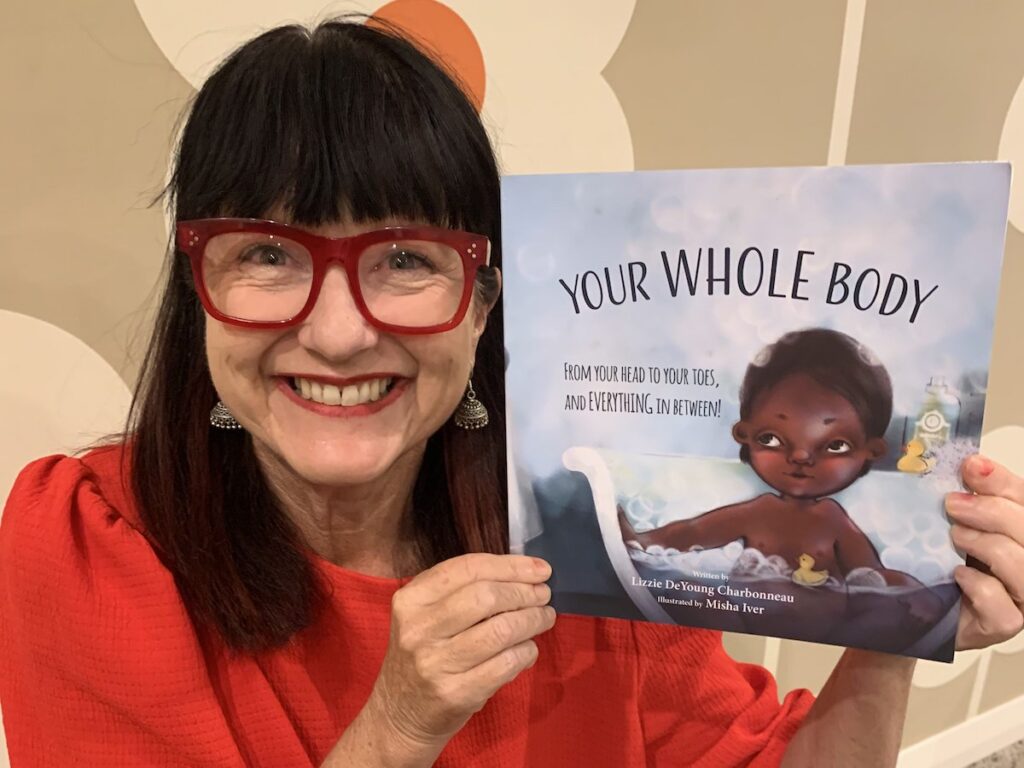
Your Whole Body Book
‘Your Whole Body Book’ was written by Lizzie DeYoung about all of our amazing bodies, every part of them. It is recommended for children aged 2-5 years.
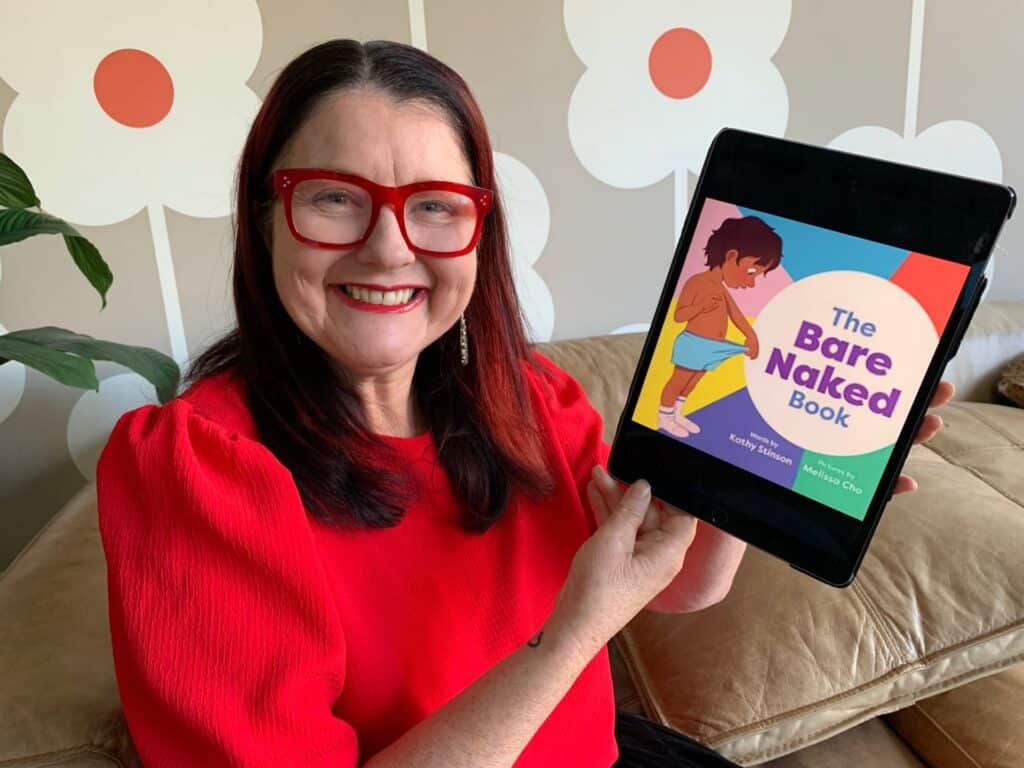
The Bare Naked Books
The Bare Naked Book is a book about the human body including genitals in an open and fun way written by Kathy Stinson and illustrated by Melissa Cho for kids aged 3 to 5.
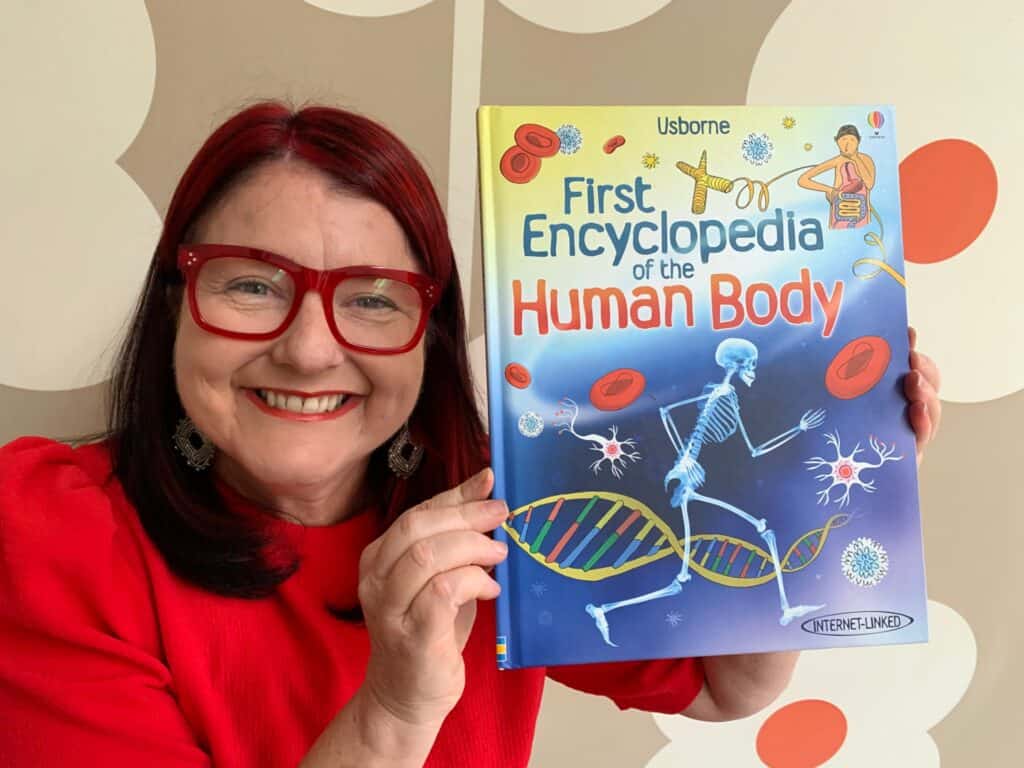
First Encyclopedia of the Human Body
The First Encyclopedia of the Human Body was written by Fiona Chandler and illustrated by David Hancock for kids aged 5 to 8.
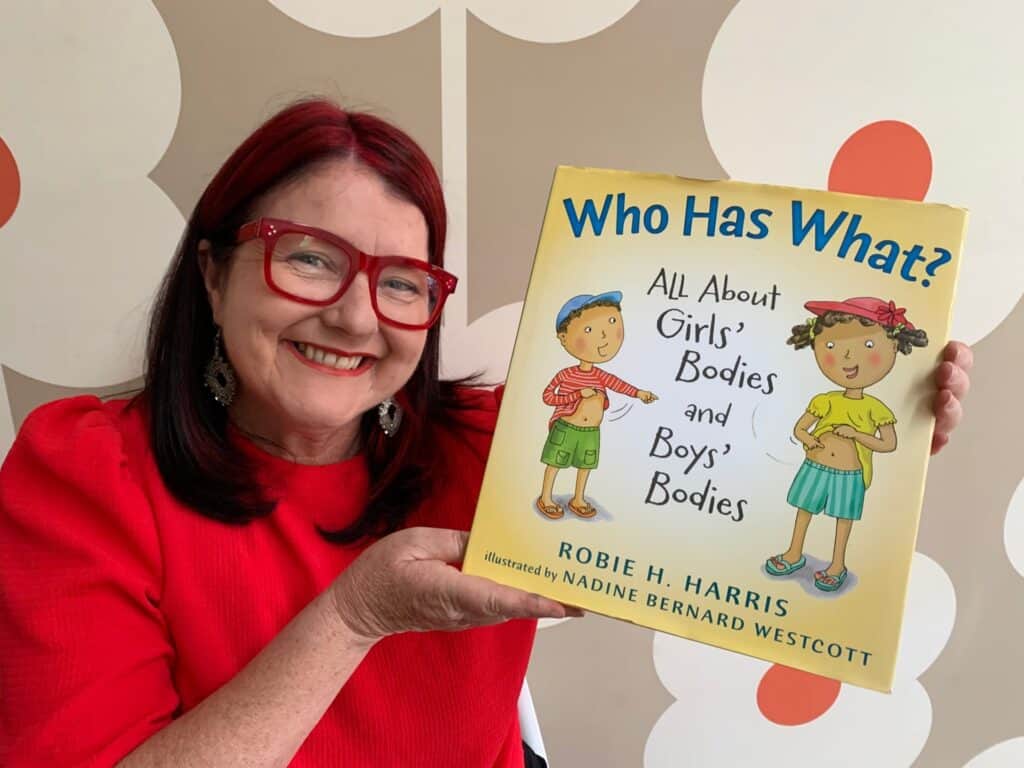
Who Has What
Who Has What? was written by Robie Harris and illustrated by Nadine Bernard Westcott for kids aged 3 to 7.

